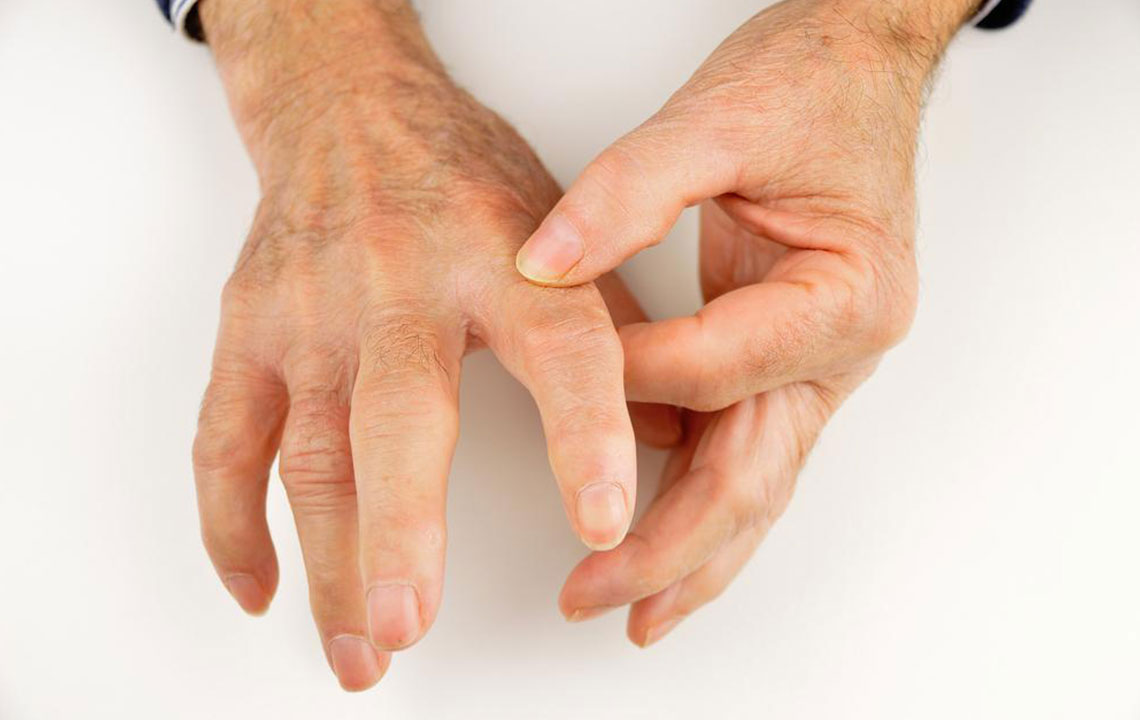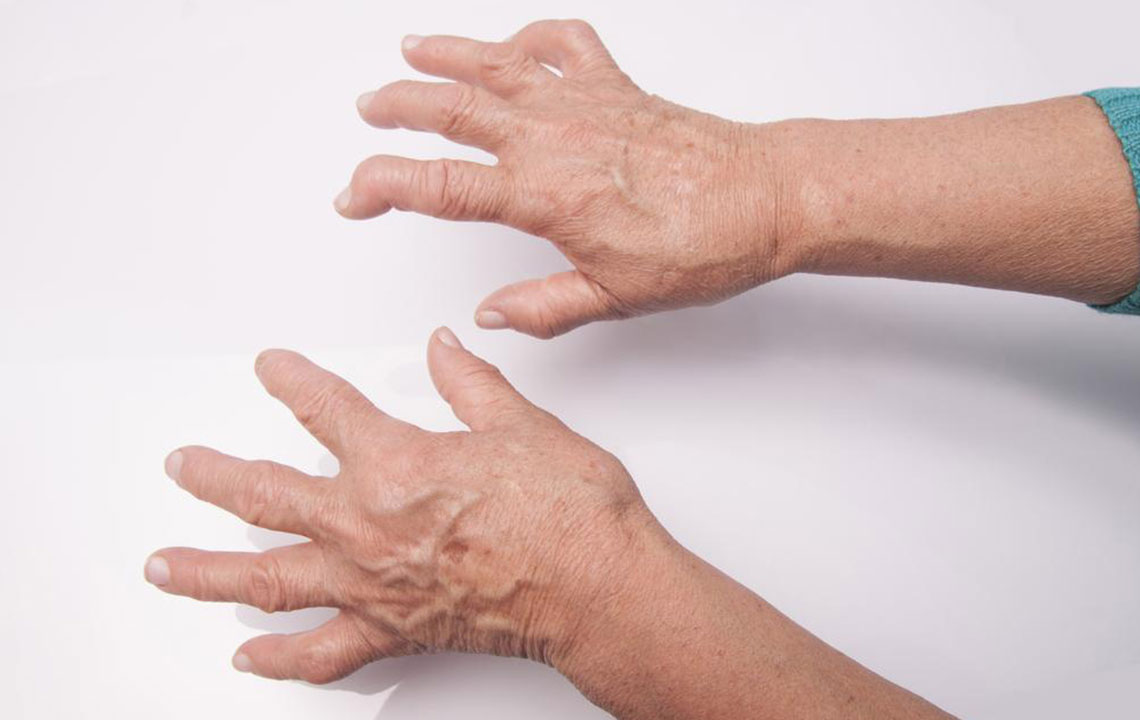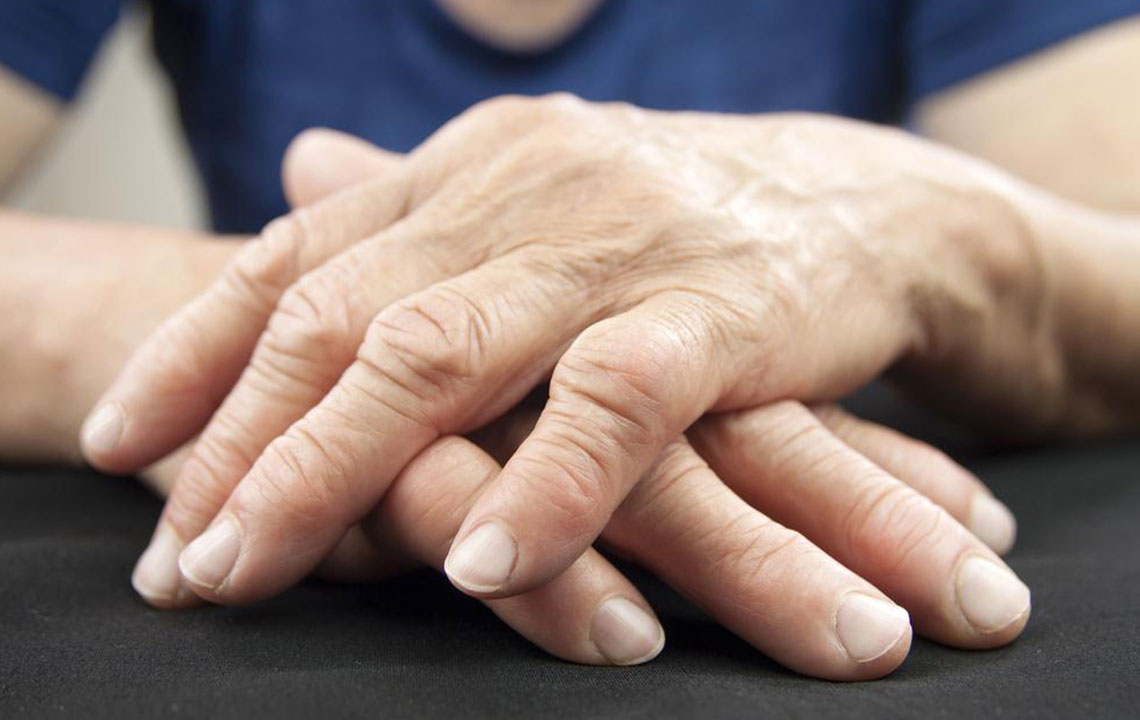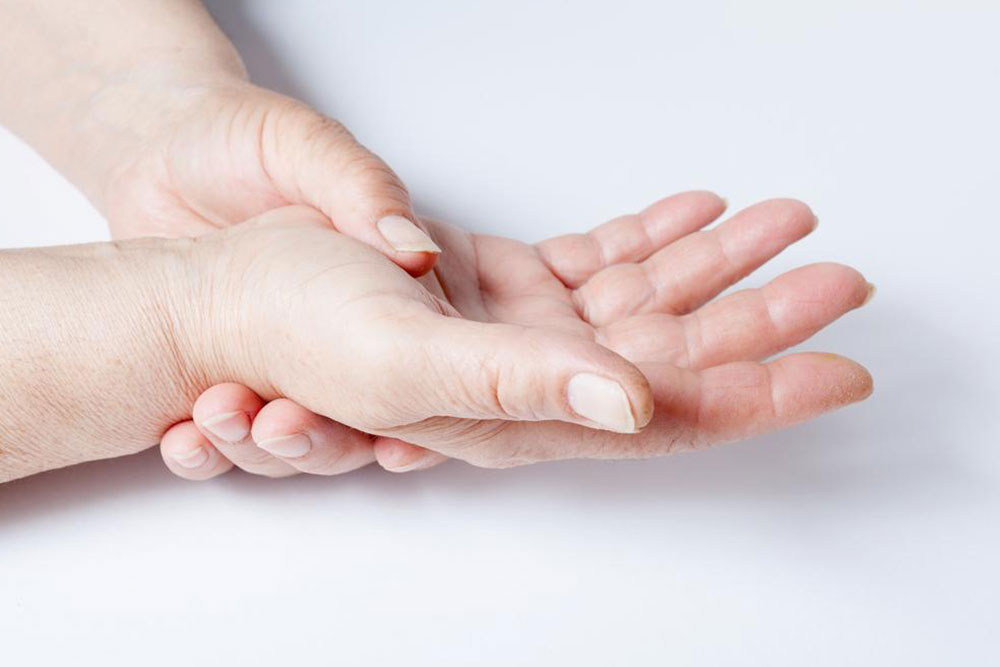Effective Strategies for Managing Rheumatoid Arthritis and Gout
Discover effective approaches to managing rheumatoid arthritis and gout. This guide covers symptoms differentiation, medication options like NSAIDs and DMARDs, and supportive therapies such as physiotherapy and diet changes. Proper diagnosis and treatment can significantly improve joint health and quality of life. Embrace lifestyle modifications for better results.

Effective Strategies for Managing Rheumatoid Arthritis and Gout
Although it was once believed that developing both rheumatoid arthritis and gout simultaneously was uncommon, recent studies suggest that RA patients are increasingly at risk of developing gout. Rheumatoid arthritis (RA) is an autoimmune disorder causing persistent joint pain, swelling, and stiffness. Gout, another form of arthritis, results from high uric acid levels forming crystals in the joints, leading to pain and inflammation. Both are inflammatory conditions, making diagnosis challenging for healthcare providers.
Men are more prone than women to develop both RA and gout together.
Diagnosing Gout vs. RA:
Early diagnosis is crucial. While symptoms overlap, certain signs help differentiate them:
Gout often affects the big toe base.
RA typically targets wrist and hand joints.
Gout causes noticeable redness, swelling, and inflammation.
Rheumatoid arthritis may be painful but doesn't always present with visible swelling or redness.
This article explores common treatment options for foot pain caused by rheumatoid arthritis and gout.
Treating Gout
About 4% of people will experience gout during their lifetime, making it a prevalent form of arthritis. Gout treatment involves short-term medications for immediate relief and long-term therapies to lower uric acid levels.
NSAIDs (Nonsteroidal Anti-Inflammatory Drugs): These OTC medications, such as ibuprofen, naproxen, and aspirin, alleviate pain during acute gout attacks—best taken within 24 hours of symptoms onset.
Corticosteroids: Prescribed by doctors, these reduce inflammation quickly, providing relief within a day.
Colchicine: A plant-based remedy used for over 2000 years, colchicine is administered in two tablets during flare-ups, with a low daily dose for ongoing management.
Treating Rheumatoid Arthritis
While RA remains incurable, treatments aim to slow disease progression and ease symptoms. Managing inflammation and maintaining mobility are key goals. Common therapies include:
DMARDs (Disease-Modifying Antirheumatic Drugs): Medications like methotrexate, leflunomide, and cyclophosphamide help prevent joint damage. They can be oral, injectable, or infused. Always consult your doctor before use.
NSAIDs: Over-the-counter options like ibuprofen and naproxen that reduce pain and swelling, available as pills or topical creams.
Additional Medications: Corticosteroids or biologic drugs may be prescribed to control inflammation and swelling.
Complementary Treatment Options for Rheumatoid Arthritis and Gout
Alongside conventional treatments, consider these supportive therapies:
Physiotherapy: Improves joint movement, reduces stiffness, and enhances mobility.
Relaxation Techniques: Practices like yoga, meditation, and massage help reduce stress and alleviate pain.
Low-Impact Exercise: Gentle workouts strengthen muscles and joints without exacerbating symptoms.
Heat and Cold Therapy: Heat reduces stiffness, while cold compresses numb pain and decrease swelling.
Healthy Diet: A balanced diet rich in plant oils, fish oils, and nutrients supports overall health and reduces flare-ups.
Adopting these lifestyle modifications alongside medical treatments can optimize relief and improve quality of life.










